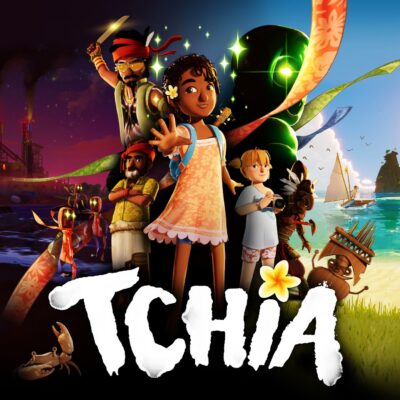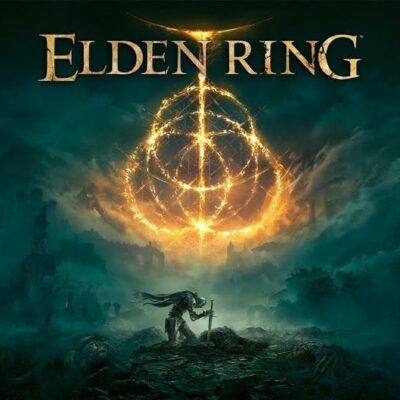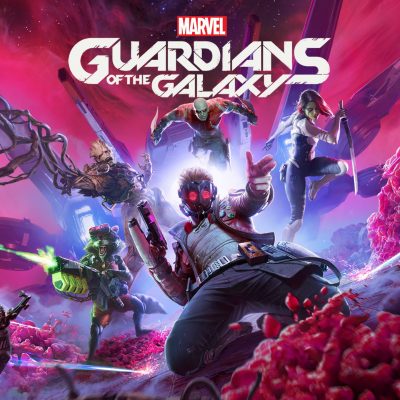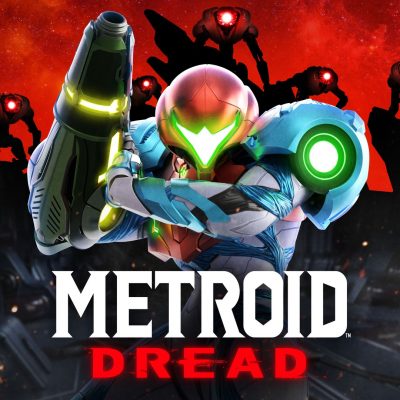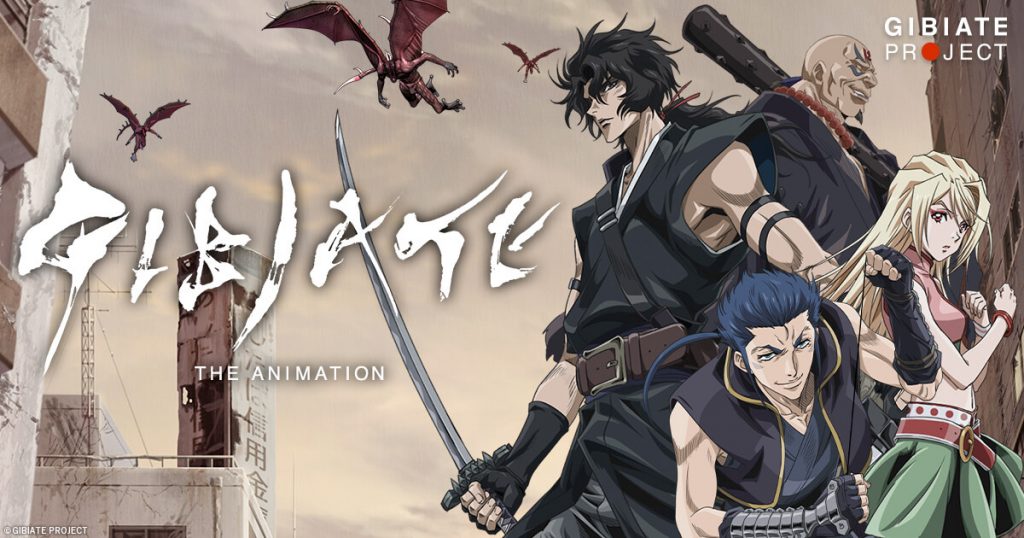
A samurai, a ninja, and a warrior monk walk into a ruined city infested by weird CG bug monsters…
It sounds like the opening line to a bad joke, but that is basically how Studio Lunchbox and Studio Elle’s new series begins. Gibiate is another anime title tailor made for 2020. Taking place just ten years into the future, the series hits close to home by featuring a viral outbreak that has turned much of humanity into monsters known as Gibia. The virus reacts differently depending on a person’s age, sex, and race, which leads to monstrous mutations based on the entire evolutionary history of the planet. So far, Gibia have come in bug forms, reptilian forms, and the occasional dinosaur form such as a mutated T-Rex or a flock of pterosaurs types. There are also anomaly types that exceed the baseline strengths and abilities of normal Gibia.
Of course, where there are rampaging monsters, there will be fights. Enter Kanzaki Sensui and Sanada Kenroku, two time-displaced warriors from the early days of the Edo Period who unexpectedly find themselves in 2030 Japan. They initially encounter Kathleen Funada on the streets and save her from an attack. She recruits the pair for the martial prowess and leads them back to an evacuation camp in Tokyo. Despite their best efforts, the site is eventually overrun by Gibia. The group ends up traveling with the mysterious Doctor Yoshinaga in his RV to escape the city. Along the way, they are joined by a third time-displaced warrior in the form of lovable hulk Onikura Yukinojyo, and more recently, a tough as nails former policewoman named Ayame. Together, this ragtag group of people from the past and present battle Gibia and the occasional pesky bandit group on a post-apocalyptic road trip to Niigata in search of research information to help Doctor Yoshinaga develop a cure.

Written by Aoki Ryou with original character designs by the world-renowned Amano Yoshitaka —adapted by Komino Masahiko— and music by Yuzu Koshiro, Gibiate initially seemed like an interesting mix of Attack on Titan meets Japan Sinks 2020 meets Sengoku BASARA. However, the series is a bit of a mess. The show suffers from trying to do too many things at once. The plot is all over the place and has a hard time maintaining its focus. The past lives of the time-slip characters are more fleshed out and far more interesting to watch than most things occurring in the present timeline. Although finding a cure for the Gibia outbreak was initially stated as the raison d’etre for most of the action, that plot point has yet to see further development. In fact, the series is much more enjoyable to watch if you ignore the Gibia plot line and focus only on the characters themselves. The action scenes are decent, but without a real sense of danger, the battles against hordes of Gibia quickly start to feel like routine hack-and-slash encounters that could be skipped in favor of focusing more on what the show actually does well.
Gibiate marks Komino’s first time as a director of a series, but he is also serving as the show’s animation character designer and the chief animation director. He admitted during an interview at Virtual Crunchyroll Expo that he found it difficult to balance the duties of a show director, who must take an objective macro view of the overall anime, with that of an animation director, who is usually more concerned with the microworlds of the individual characters. He certainly has his hands full and sometimes it shows. Even so, the series can’t be entirely written off. There is enough drama and cool samurai-era tidbits to keep most viewers happy. Those looking for a survivor-horror type experience will be disappointed as that is not the true aim of this show.
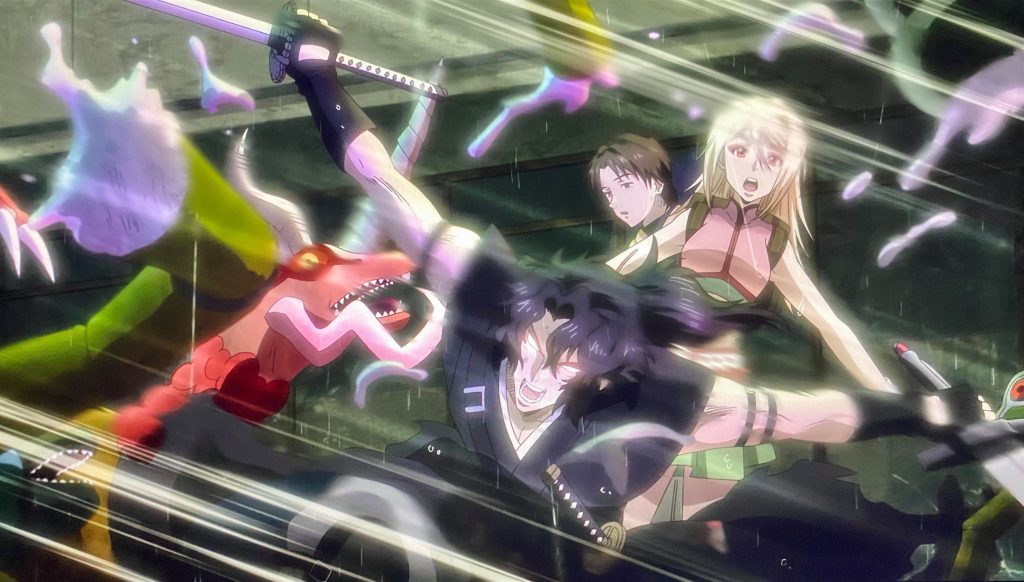
If you are fond of Japanese history, then Gibiate is an unexpected treat. The backstories of Sensui, Kenroku, and Yukinojyo make for compelling watching. Sometimes, these trips to the past can take up quite a lot of time in an episode and completely overshadow the current Gibia problem. History buffs will be appreciative of the variety of Sengoku era battles mentioned ranging from the invasion of Korea, the siege of Hongan-ji to the Battle of Sekigahara as told from the standpoint of a clan who did not make good decisions during that particular conflict.
If you enjoy character driven narrative, this is the one aspect the show does very well. Most episodes begin with a video diary featuring the various characters. It is easy to grow attached to people as they talk about the past, how they are coping with the pandemic, and their thoughts on the future. I have enjoyed watching the time-slip characters adjust to and marvel at 2030 Japan. At times, it can also be very poignant as they individually reflect on Japan’s bloody past and the country’s more peaceful future. The modern characters also have their charms, including side characters who were early casualties of Gibia attacks. Stand out personalities include Kathleen’s mother Yurika and my favorite character, the highly suspicious Doctor Yoshinaga whose motives and background have yet to be fully explained. The core group have a really tight-knit bond that feels more like a family unit than an amalgam of various people brought together by the need to fight and survive. The strong voice cast also helps facilitate the connections between characters on screen and feelings between the audience and the characters.
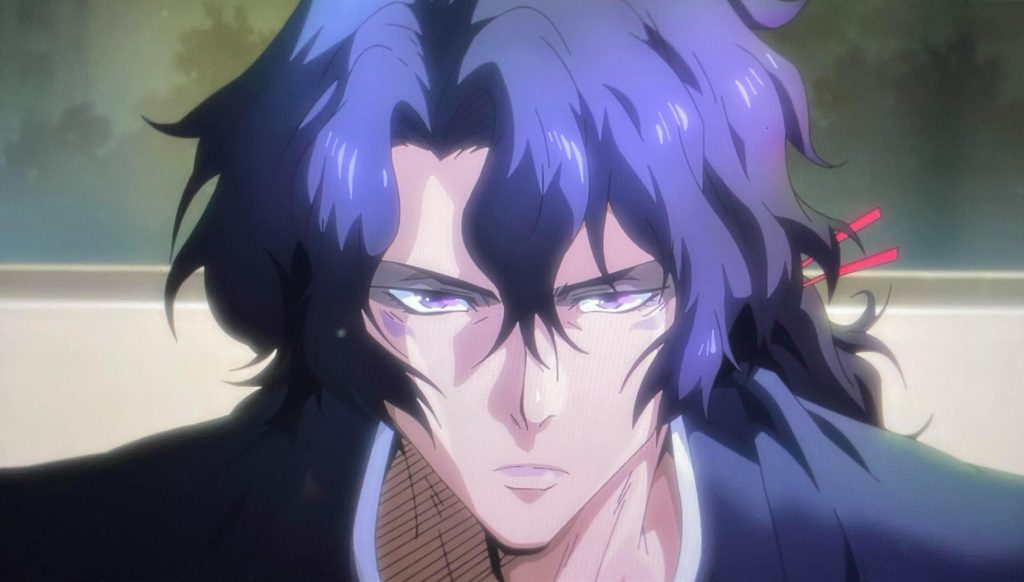
Beyond the individual narratives holding the series together, the absolute best thing about Gibiate is the soundtrack. The music is a fusion between western and eastern musical styles reminiscent of enka that invokes the feeling of being in the middle of a samurai western. I am constantly being reminded of the soundtrack for the anime ‘Tsukikage Ran’, composed by Sahashi Toshihiko, which had that same nostalgic feeling of being in the Edo period or Meiji-era Japan. Admittedly, it was a bold choice to go in that musical direction for Gibiate as it doesn’t necessarily match up with my idea of fighting monsters in a ruined near-future Tokyo. Nevertheless, it sounds great and I am eagerly awaiting the release of the soundtrack.
SUGIZO was also involved in composing the opening and ending themes. The opening thing “Gibiate” was performed by the Yoshida Brothers. If you are unfamiliar with the Yoshida Brothers, stop reading right now, hop on iTunes or Spotify, and give them a listen. Bopping shamisen tunes ahead! The ending theme performed by Ohguro Maki is titled “Endless”. It also maintains that nice blend of eastern and western sounds and reminds me of the type of songs featured in anime from the late 1990s early 2000s.
Gibiate is an ongoing series currently being simulcast on Wednesdays on Crunchyroll. As of the latest episode, the plot seems to be veering toward its ultimate purpose (at last!) with increased danger and more drama. Now, it is time to start worrying about characters’ safety. Will more information about Doctor Yoshinaga be revealed? It is not too late to catch up. Come for the music but stay for the Japanese history lessons and the characters. It is a decent way to bide your time until the start of the Fall season.


